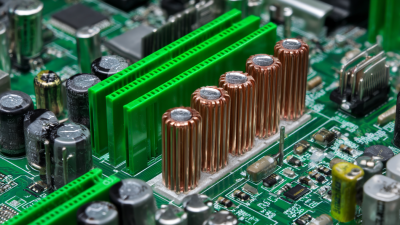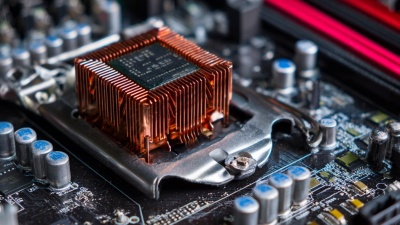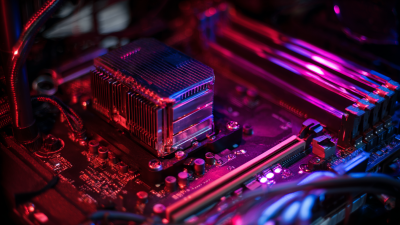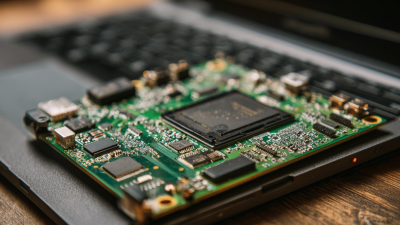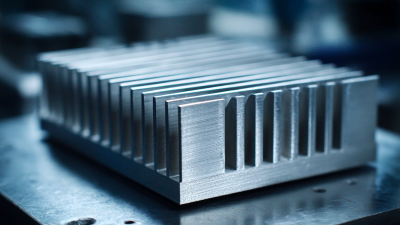Leave Your Message
In the rapidly evolving world of computer technology, the demand for speed and efficiency is at an all-time high.
Solid State Drives (SSDs) have emerged as a cornerstone of high-performance computing, providing faster data access and improved system responsiveness.
However, as these drives operate at higher speeds, they generate significant heat, which can lead to thermal throttling and reduced lifespan.
This is where the importance of an SSD heatsink comes into play.
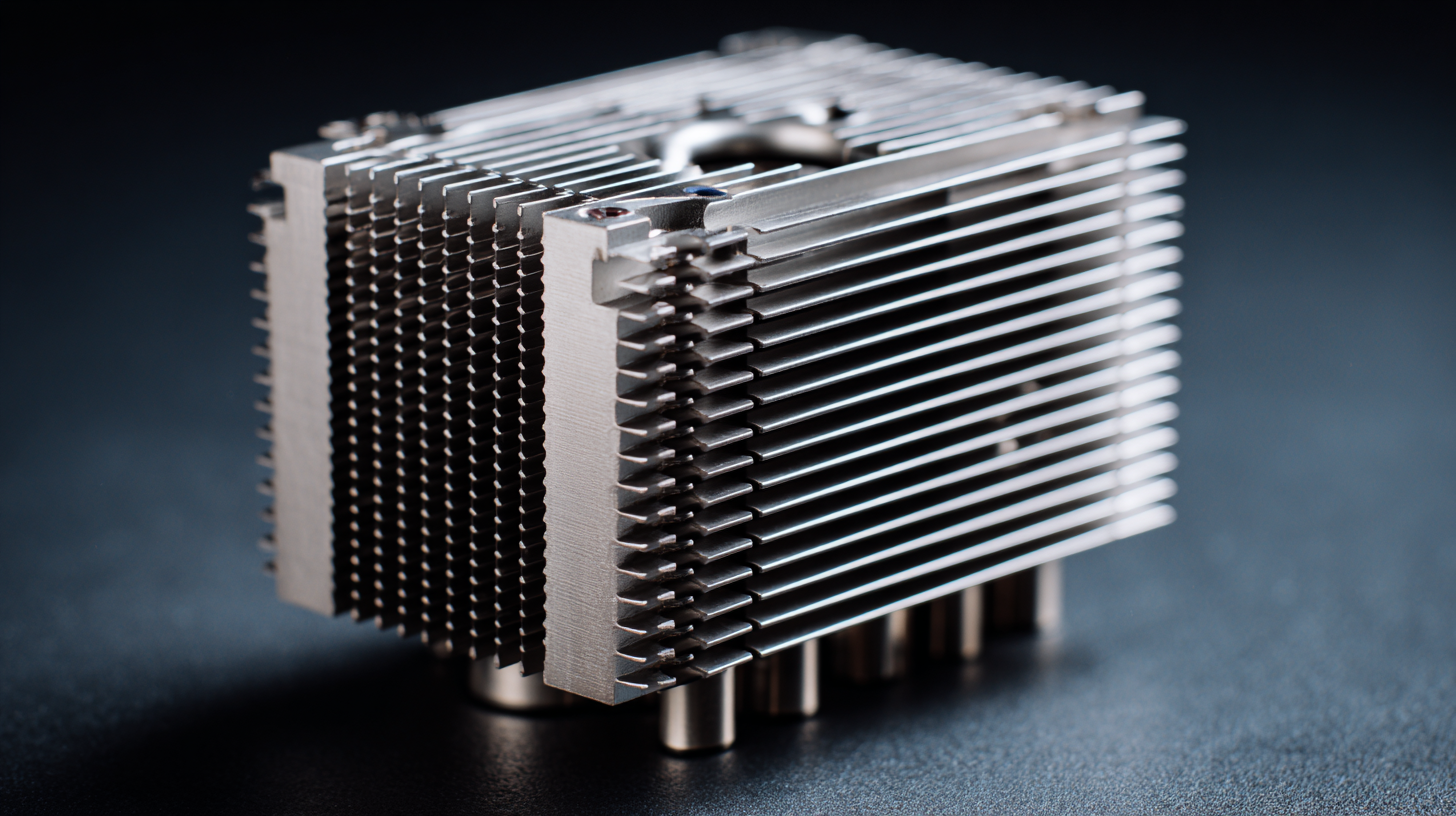 An SSD heatsink serves as a crucial component in managing thermal output, ensuring that the drive operates within optimal temperature limits.
By dissipating heat effectively, SSD heatsinks not only enhance performance but also contribute to the longevity of the drives.
Understanding the functionality and benefits of SSD heatsinks is essential for anyone looking to optimize their computing experience, whether for gaming, professional applications, or general use.
An SSD heatsink serves as a crucial component in managing thermal output, ensuring that the drive operates within optimal temperature limits.
By dissipating heat effectively, SSD heatsinks not only enhance performance but also contribute to the longevity of the drives.
Understanding the functionality and benefits of SSD heatsinks is essential for anyone looking to optimize their computing experience, whether for gaming, professional applications, or general use.
When it comes to optimizing SSD performance, the role of heatsinks cannot be overstated. As solid-state drives become the standard in both laptops and desktops, maintaining their peak performance is essential for overall system efficiency. Heatsinks help dissipate heat generated during intense read/write operations, ensuring that SSDs maintain optimal operating temperatures. Overheating can lead to thermal throttling, which significantly decreases performance. Therefore, incorporating a heatsink can prolong the lifespan of your SSD while maximizing its speed capabilities.
**Tips for Better SSD Performance:**
1. **Install a Heatsink:** Consider adding a quality heatsink to your SSD. It’s a simple yet effective way to enhance thermal management, allowing for sustained high-speed performance during heavy tasks.
2. **Keep Your System Cool:** Ensure adequate airflow within your desktop or laptop. Higher ambient temperatures can exacerbate heat-related performance issues, so monitor your system's thermal management with software tools.
3. **Regular Firmware Updates:** Manufacturers periodically release firmware updates that can optimize performance. Keeping your SSD firmware up to date ensures that you benefit from the latest improvements and fixes.
By focusing on these key areas, you can significantly enhance your SSD performance and longevity, ultimately benefiting your computing experience.
Solid State Drives (SSDs) have revolutionized data storage due to their speed and efficiency; however, their performance can be significantly impacted by thermal issues. Heatsinks play a crucial role in enhancing the longevity of SSDs by dissipating excess heat generated during operation. According to a report by Futuremark, high temperatures can reduce an SSD's lifespan by up to 50%, drastically affecting reliability and performance. By maintaining optimal operating temperatures, heatsinks can effectively mitigate these risks, ensuring that SSDs perform at their best for longer periods.
Moreover, a study by Thermal Management Solutions underscores that a well-designed heatsink can lower SSD temperatures by an average of 15-20 degrees Celsius under load. This reduction not only helps in preserving the NAND flash memory but also minimizes the risk of thermal throttling, which can lead to performance degradation during intensive tasks. As SSDs are increasingly utilized in gaming, data centers, and high-performance computing, the integration of efficient heatsinks is no longer just an option; it is essential for maintaining system integrity and enhancing user experience.
In the realm of SSD cooling solutions, understanding the differences between passive and active heatsinks is essential for optimal performance. Passive heatsinks rely solely on natural airflow to dissipate heat, making them a straightforward and low-maintenance choice. Typically made from materials like aluminum or copper, these heatsinks have a large surface area designed to draw heat away from the SSD. Their effectiveness depends heavily on the environment in which the SSD operates; in well-ventilated cases, passive solutions can perform admirably without the need for additional power consumption.
On the other hand, active heatsinks incorporate fans or other mechanical methods to enhance cooling efficiency. These solutions offer superior cooling capabilities, which can be particularly beneficial in high-performance computing scenarios where SSDs are pushed to their limits. Active heatsinks are designed to maintain lower temperatures even under sustained workloads, making them ideal for gaming rigs or data centers where thermal throttling could significantly impact performance.
However, they do introduce additional noise and require a power source, factors that users must consider when selecting the right heatsink for their setup.
When installing SSD heatsinks, proper application is crucial for maximizing their efficiency. Begin by ensuring a clean surface on both the SSD and the heatsink. Any dust or residue can create thermal barriers that diminish heat transfer. Using isopropyl alcohol and a lint-free cloth can provide an effective cleanup. After the surfaces are prepared, applying thermal paste is essential. A small, even amount should be spread over the main chip of the SSD to ensure optimal thermal conductivity.

As solid-state drives (SSDs) continue to dominate the storage landscape, understanding when to upgrade their heatsinks becomes crucial for maintaining optimal performance and ensuring longevity. High-performance SSDs often operate at elevated temperatures, particularly during intensive tasks such as gaming or large file transfers. According to a report by the Storage Networking Industry Association, SSD temperatures exceeding 70°C can result in thermal throttling, which significantly reduces transfer speeds and overall system responsiveness. This poses the question: when should you consider upgrading your SSD's heatsink?
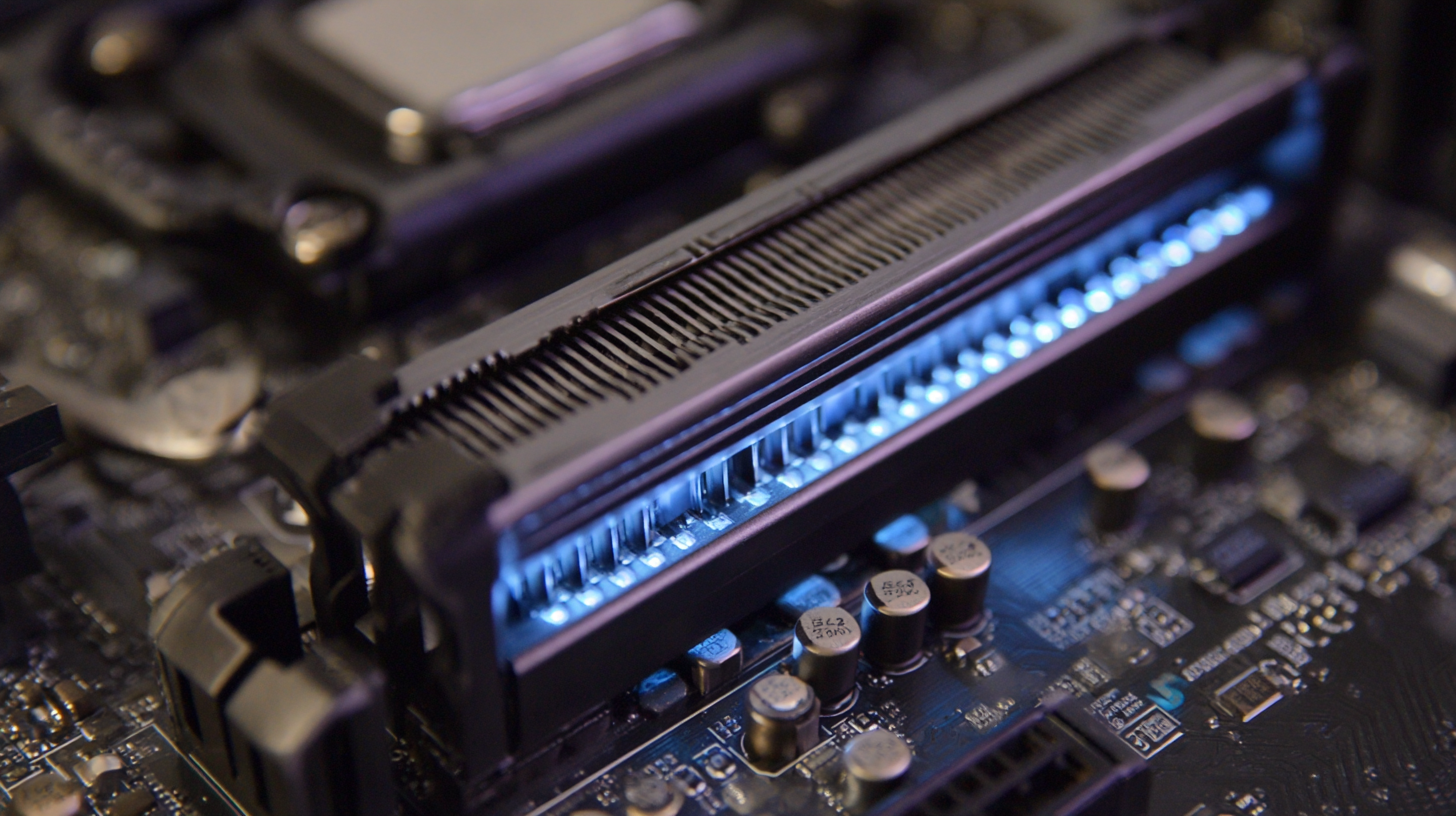
One primary sign that your SSD may need a heatsink upgrade is if its performance noticeably declines under heavy load. For instance, if you experience stuttering during gaming or sluggishness during data transfers, it's a red flag. Additionally, if your SSD’s controller logs indicate thermal throttling events, it’s time to evaluate your cooling solutions. Manufacturers suggest that maintaining temperatures below 60°C can not only enhance immediate performance but also contribute to a longer lifespan for your drive. By monitoring these indicators and acting when necessary, users can maximize their SSD’s capabilities and prevent potential failures related to overheating.
